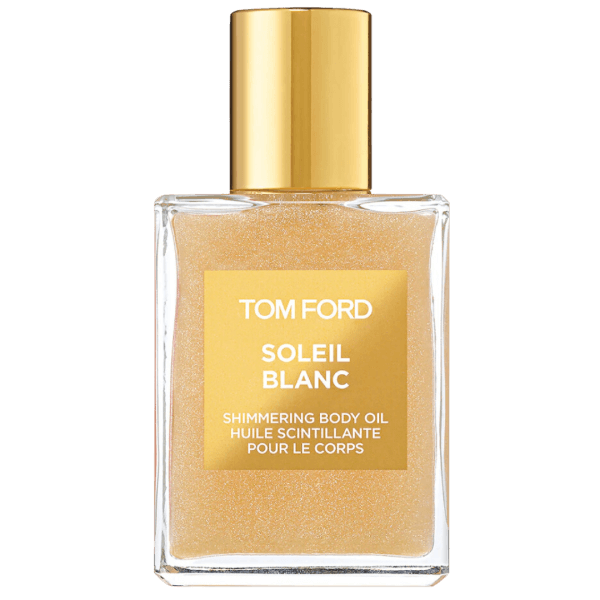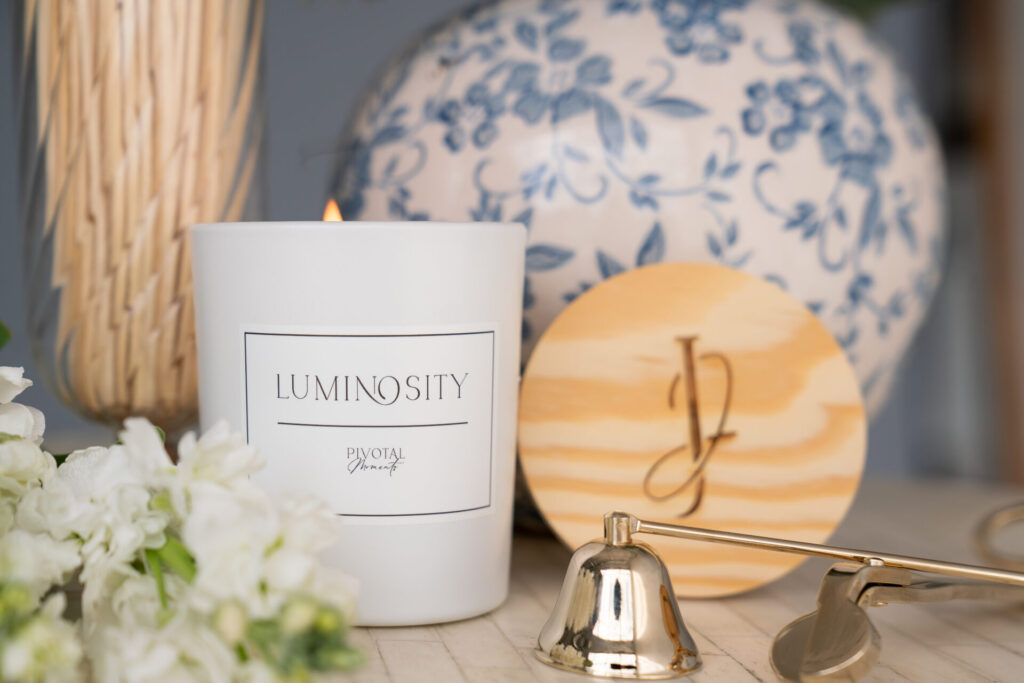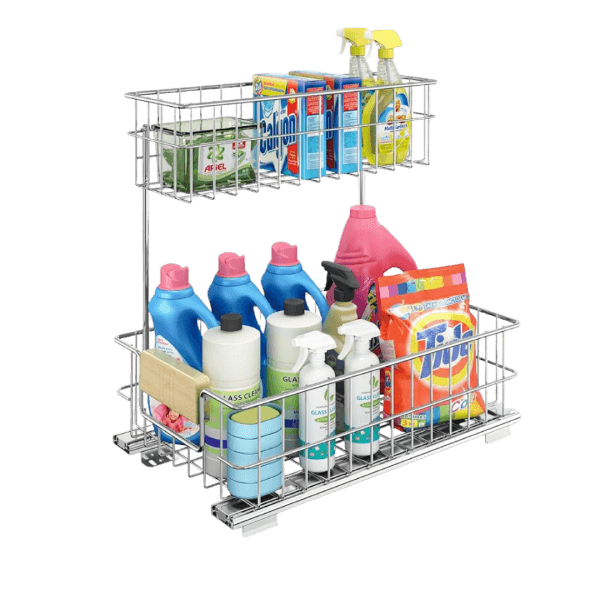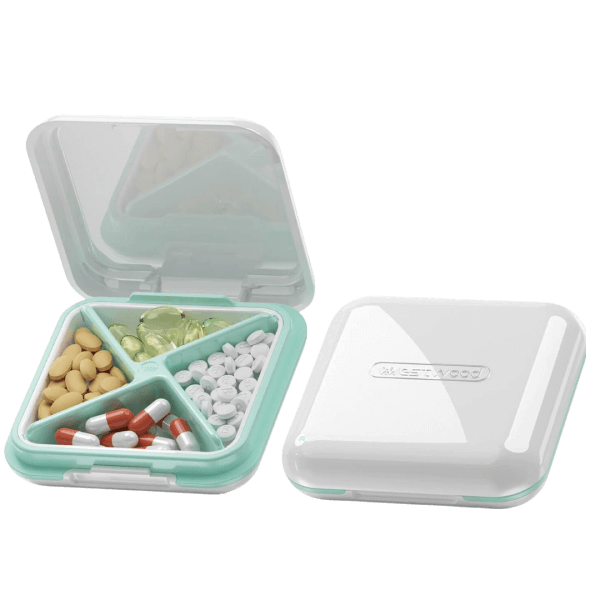
Understanding the Basics
The Impact of Ethylene Gas on Freshness
One of the first things I discovered was the role ethylene gas plays in the ripening process of fruits and vegetables. Some produce emits high levels of ethylene gas, which can hasten ripening — and eventual rotting — in sensitive fruits and vegetables stored nearby. To avoid this, I make sure to store high-ethylene producers like avocados, bananas, and peaches separately from ethylene-sensitive items like broccoli, lettuce, and strawberries.Absorbing Excess Ethylene Gas
To aid in this process, I also discovered some useful tools to absorb the excess ethylene gas in my storage spaces. Brands like ,Bluapple and ,OXO Good Grips have ethylene gas absorbers that can be placed in the refrigerator or fruit basket to absorb this gas, prolonging the freshness of my produce.The Importance of Temperature and Humidity
Maintaining the right temperature and humidity in your fridge is crucial for preserving your fruits and vegetables. Most refrigerators should be set between 35 and 38 degrees Fahrenheit (1.7 to 3.3 degrees Celsius) for optimal cooling. Also, avoid over-stuffing your fridge. A packed fridge can restrict air flow and create hot spots, causing some items to spoil faster. Remember to keep space between items to allow cold air to circulate effectively. Regarding humidity, most refrigerators come with humidity controls in the crisper drawers. As mentioned before, leafy greens do best in high humidity, while fruits prefer low humidity. By paying a bit more attention to how I use my fridge and how I store my produce, I’ve managed to reduce food waste and save money on grocery bills. It’s amazing how making a few small changes can have such a big impact!Practical Tips for Keeping Your Produce Fresh
Fridge Organizing – More than Just a Space Saver
One of the biggest changes I made was learning to arrange my fridge correctly. I learned the concept of “First In, First Out” – using older items before newer ones. When I bring home new groceries, I move the older items to the front and place the new ones in the back, ensuring that nothing gets lost or forgotten in the back of the fridge. I also use ,,crispers for storing fruits and vegetables. They allow produce to “breathe” and prevent excess moisture build-up, which often leads to early spoiling.Knowing What to Refrigerate and What to Leave Out
One of the most valuable lessons I’ve learned is that not all fruits and vegetables need to be refrigerated. Some items, like tomatoes, potatoes, onions, and garlic, actually do better when stored at room temperature. Storing these items in a cool, dry, dark place (like a pantry) can significantly extend their shelf life. However, the key to understanding what to refrigerate and what to leave out lies in understanding the ethylene gas that some fruits and vegetables emit. Here’s a simple breakdown: High Ethylene Producers (better to keep these separated):-
- Apples
-
- Avocados (ripened)
-
- Bananas (ripened)
-
- Peaches
-
- Pears
-
- Plums
-
- Tomatoes
-
- Broccol
-
- Brussels sprouts
-
- Cabbage
-
- Carrots
-
- Cucumbers
-
- Eggplant
-
- Leafy greens
-
- Parsley
-
- Peas
-
- Peppers
-
- Squash
-
- Sweet potatoes
-
- Watermelon
The Right Way to Use Your Fridge’s Crisper Drawers
One aspect of the refrigerator that I used to overlook was the crisper drawers. I used to toss in my fruits and vegetables without a second thought, but little did I know, I was not using them to their full potential. Crisper drawers are designed to control humidity levels, making them perfect for storing fruits and vegetables that are sensitive to moisture loss and ethylene gas. Most refrigerators have two drawers, one for high humidity and one for low. Here’s how you should use them: High-Humidity Drawer: This drawer is perfect for leafy greens, which tend to wilt when they lose moisture. So, items like spinach, kale, lettuce, and fresh herbs should always go into the high-humidity drawer Low-Humidity Drawer: This drawer is designed for fruits and vegetables that emit ethylene gas, which can speed up the ripening process. Fruits like apples, pears, and avocados should go into the low-humidity drawer.Store Smart with the Best Food Storage Containers
Proper food storage doesn’t stop at the fridge. Having the right storage containers for your fruits and vegetables can make a big difference in their freshness. Here are some of my favorites:-
- ,OXO Good Grips Produce Keepers: I’ve been using these ,OXO containers for years, and they’re fantastic at keeping fruits and vegetables fresh. They have a carbon filter that traps and absorbs ethylene gas, slowing down the aging process and keeping produce fresh longer.
-
- ,Rubbermaid FreshWorks Produce Savers: These ,Rubbermaid containers are equipped with a vent that regulates the flow of oxygen and carbon dioxide and includes a CrispTray at the bottom to reduce moisture and prevent spoilage.
-
- ,Progressive Prepworks ProKeeper Containers: These ,containers are great for storing different types of produce, as each container is specifically designed to optimize storage for various fruits and vegetables.














